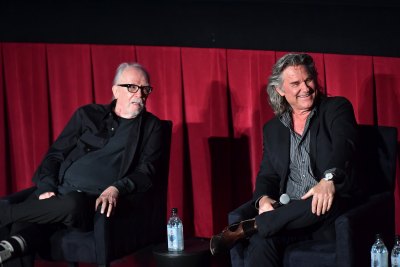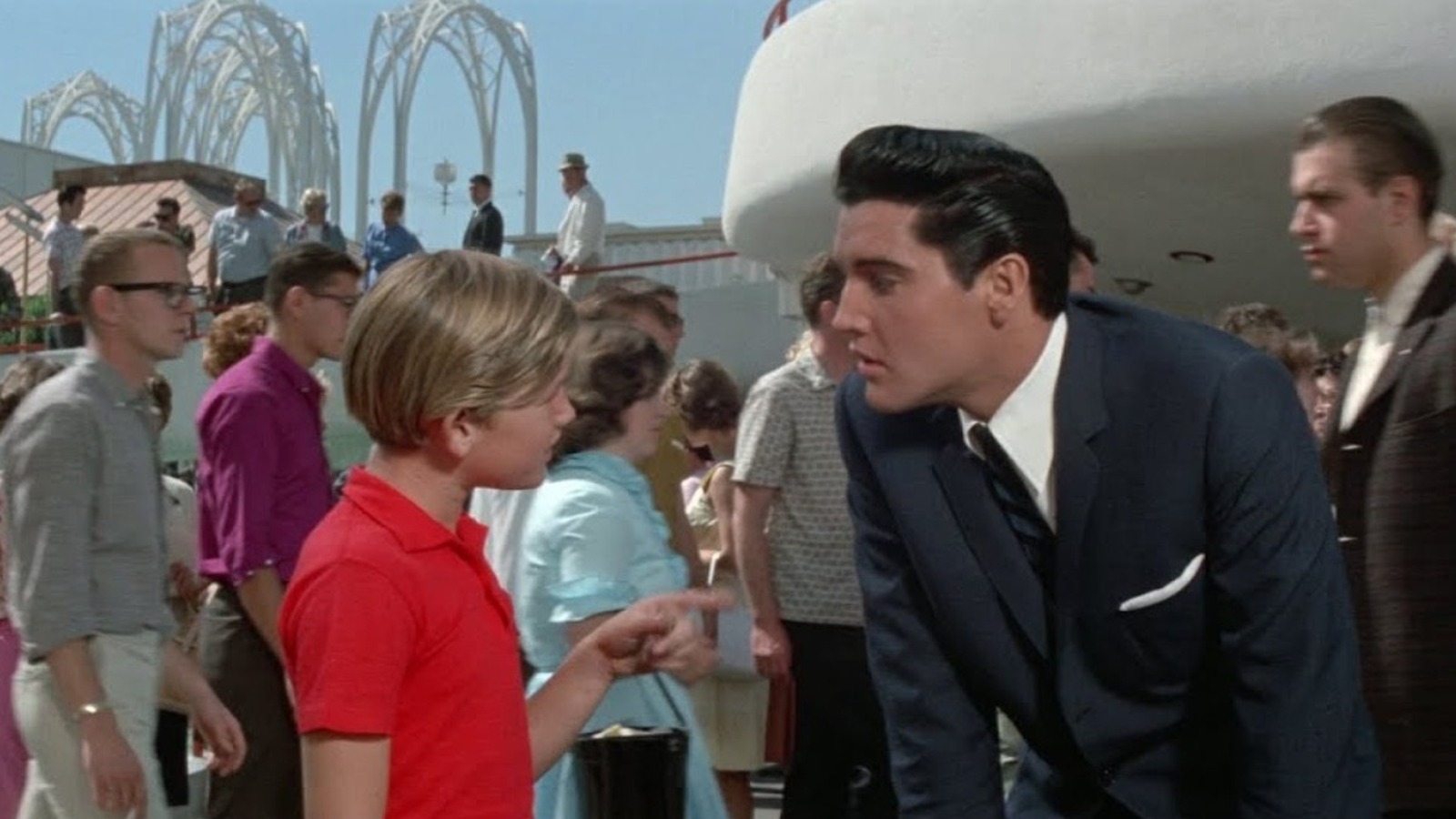The Iconic Influence of Elvis on Kurt Russell and John Carpenter
There’s something truly magical about the way Elvis Presley’s legacy has touched so many lives, and for actor Kurt Russell and director John Carpenter, it was life-changing. Back in 1979, they teamed up for the first time on the TV movie Elvis, and it wasn’t just another gig. It was an experience that shaped their careers in ways they couldn’t have imagined. At the TCM Classic Film Festival during the Escape From York panel, they both opened up about how that collaboration left an indelible mark.
Before Elvis, Kurt was primarily known for his roles in television, guest starring on countless shows and even starring in series like The Travels of Jaimie McPheeters, The New Land, and The Quest. On the big screen, he was largely associated with Disney films like The Computer Wore Tennis Shoes, The Barefoot Executive, and Superdad. Meanwhile, John Carpenter had already made a name for himself with groundbreaking films like Dark Star, Assault on Precinct 13, and the horror classic Halloween.
From Elvis to Snake Plissken: A Career-Changing Collaboration
When Kurt and John worked together on Elvis, something extraordinary happened. Their partnership sparked a creative synergy that led them to the 1981 sci-fi adventure Escape From New York. This film wasn’t just any project—it was the one that catapulted Kurt into movie star status. In it, he plays Snake Plissken, a former Special Forces soldier turned criminal who, in 1997, must rescue the President of the United States after Air Force One is hijacked and crashes into Manhattan, which has been transformed into a maximum-security prison.
Read also:Booly4u The Ultimate Guide To Unlocking Its Potential
Kurt is quick to credit John for the incredible opportunity. “If it wasn’t for John Carpenter, my career would have taken a completely different path,” he says. “I don’t know what it would have been, but he was the only person in the world at that time who would have given me this chance. It wasn’t easy; he had to fight for it. I owe him more than words can express.”
The Magic of Casting: How Kurt Became Elvis
John Carpenter recalls how Kurt was already signed to play Elvis when he came on board as director. But what struck him was how perfectly Kurt embodied the role. “I’ve never seen anyone fit a character like Kurt did. He was Elvis, and I thought, if he can pull this off, he can play anything. So why not go as far away from Elvis as possible? Let’s do Snake Plissken.”
For Kurt, playing Elvis was a chance to prove himself as an actor. “I was at a crossroads,” he explains. “I knew this role could either make or break me. I asked John for a little guidance, a way to communicate quickly and effectively. He totally understood. In no time, we developed a shorthand that has stayed with us ever since. He’d say, ‘A little more Elvis, a little less Elvis,’ and it was exactly what I needed.”

Emma McIntyre/Getty Images for TCM
Snake Plissken: The Evolution of a Character
It’s a pretty wild leap from Elvis to Snake Plissken, and naturally, people are curious about how that character came to life. John reveals, “When I was writing the script, I had Clint Eastwood in mind because he’s the epitome of a tough guy. But Kurt did such an incredible job impersonating Clint.”
Kurt adds, “It was an unusual process. I had this image of a snake in my mind, and I told John, ‘I want to wear an eye patch.’ He liked the idea, even though the studio wasn’t thrilled. They thought it would cover half my face. But then, when Lee Van Cleef was cast as Hauk, I knew exactly how to approach Snake’s voice.”
Read also:Transpired The Fascinating Journey Of An Underestimated Word
Part of Snake’s iconic look includes a cobra tattoo on his abdomen, with the tail extending down his pants. Kurt explains, “Initially, we did a publicity shot with the tattoo on my arm, but once we started shooting, I realized it needed to be more mysterious. The eyepatch and the tattoo had to work together. I wanted Snake to be enigmatic, so I thought putting the tattoo on his chest, with the tail disappearing into his pants, would create a sense of intrigue. It was meant to be suggestive, and that’s exactly what it became.”



